What is the Meaning of Diecast Toys
Diecast toys are miniature models primarily made using a die-casting process, where molten metal is forced into molds to create detailed replicas. These toys are celebrated for their durability, intricate designs, and the nostalgia they evoke. The term ‘diecast’ specifically refers to the manufacturing process, which involves injecting molten metal, usually zinc alloy, into a die (a mold) under high pressure. This method allows for the creation of highly detailed and accurate representations of real-world objects, making diecast toys popular among collectors of all ages. Understanding the diecast toy meaning is the first step to appreciating them.
History and Origins of Diecast Toys
The history of diecast toys dates back to the early 20th century, with the earliest examples appearing around the 1900s. Initially, these toys were simple and served as promotional items. However, as manufacturing techniques advanced, so did the complexity and detail of the toys. The rise of diecast toys coincided with the growing popularity of automobiles and other vehicles, leading to the production of miniature versions of cars, trucks, and other modes of transport. The evolution of these toys reflects the technological and cultural shifts of the past century, transforming from simple playthings to highly sought-after collectibles.
Early Development
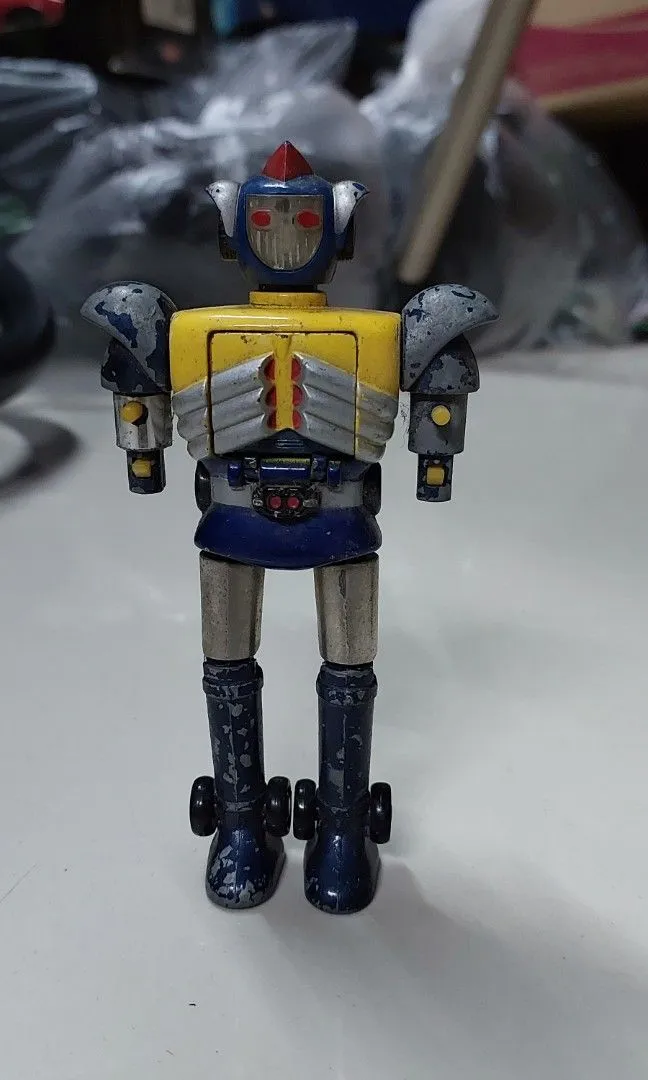
Early diecast toys were often crude compared to today’s standards. Early manufacturers like Dowst Brothers (Tootsietoys) and Mento were among the first to mass-produce these items. These initial models were primarily made from white metal, a mixture of lead, tin, and antimony. These early toys were often given away as promotional items in various products. The early 20th century saw the development of more sophisticated manufacturing techniques that allowed for increased detailing, which enhanced both the appeal and durability of the toys.
Materials Used
The choice of materials is crucial to the quality and durability of diecast toys. Early materials evolved into zinc alloys, which allowed for finer details and greater precision. The materials used have a significant impact on the toy’s appearance, weight, and longevity. These materials were chosen for their ability to capture intricate details, making the miniatures look as realistic as possible. The materials also had to be durable to withstand the rigors of play and handling, ensuring that the toys would last for years.
Zinc Alloy
Zinc alloy is the most common material used in diecast toy manufacturing. It’s a combination of zinc, aluminum, magnesium, and copper. This alloy is favored because of its low melting point, which facilitates the die-casting process. This allows manufacturers to produce intricate designs with high precision. Zinc alloys are also known for their strength and ability to hold fine details. The use of zinc alloy ensures that the toys can withstand wear and tear while maintaining their aesthetic appeal over time, making them ideal for both play and collecting.
Manufacturing Process
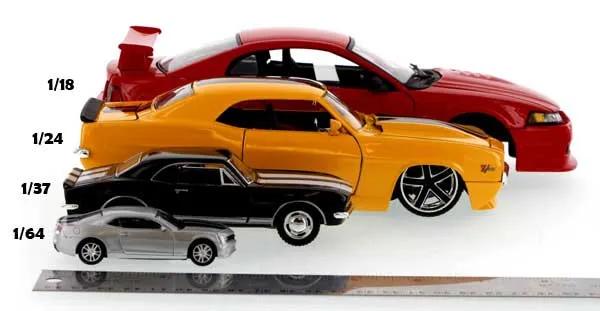
The manufacturing of diecast toys involves several key steps, from design and mold creation to the final assembly and finishing touches. The process ensures that each toy meets high standards of detail and quality. This process is responsible for creating the highly detailed and realistic miniatures that collectors and enthusiasts love. Modern manufacturing techniques allow for mass production while maintaining high levels of precision and quality, making these toys accessible and collectible.
Die Casting Process
Die casting is a high-pressure process where molten metal is injected into molds (dies). The molds are typically made of steel and are designed to create specific shapes and details. Once the metal solidifies, the mold is opened, and the toy is ejected. The die-casting process allows manufacturers to produce intricate designs with high precision and speed. After the casting process, the toys often undergo additional steps like painting, detailing, and assembly. This process is vital to the creation of the detailed and durable diecast toys we know.
Types of Diecast Toys
Diecast toys come in a variety of types, each appealing to different collectors and enthusiasts. From scale models to vehicles and character figurines, the diversity in design and subject matter is vast. Each type of diecast toy caters to specific interests, whether it is the meticulous detailing of scale models, the adventurous appeal of vehicles, or the playful charm of figurines.
Scale Models
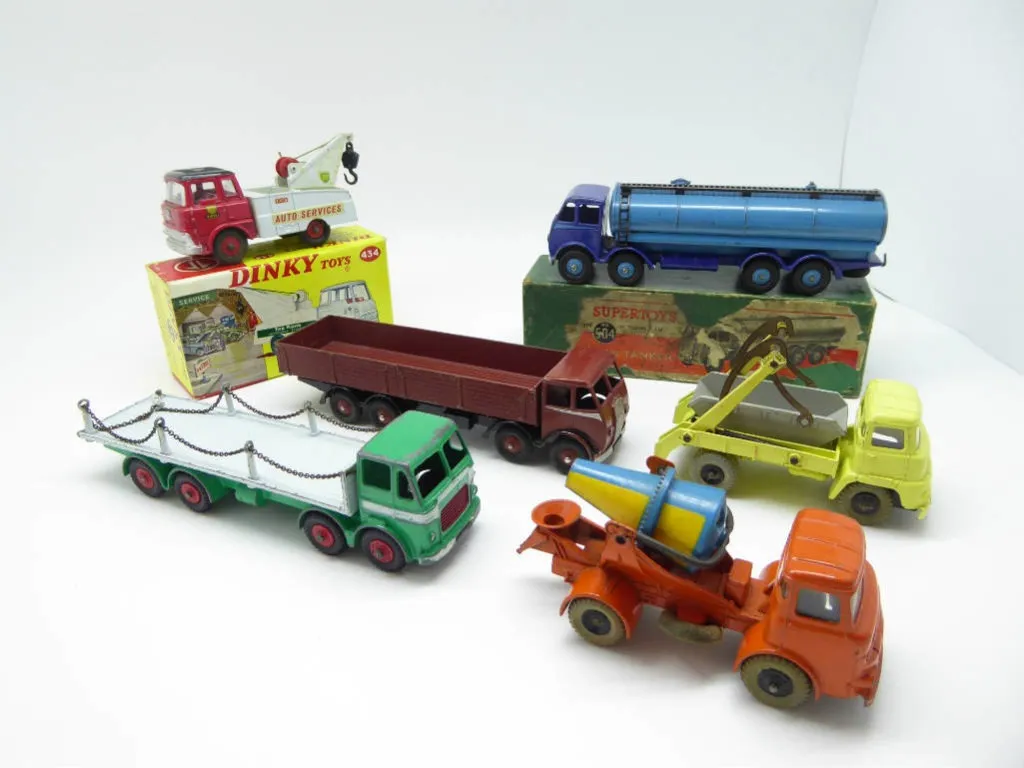
Scale models are meticulously crafted replicas of real-world vehicles, aircraft, and other machines, created to a specific ratio (e.g., 1 18, 1 43, or 1 64). They are prized for their accuracy and attention to detail, often featuring working parts and detailed interiors. These models are popular among collectors who appreciate precision engineering and realism. Scale models offer a glimpse into the design and mechanics of the original vehicles. Collecting scale models allows enthusiasts to appreciate automotive and aviation history in miniature form.
Vehicles
Vehicles constitute a major segment of the diecast toy market. These include cars, trucks, buses, and emergency vehicles, and more. They range from everyday cars to classic and exotic models. They are typically designed for play and collection, offering a wide array of options. They often represent popular brands and models. The variety ensures there’s a diecast vehicle for every enthusiast.
Figurines and Characters
Diecast figurines and character models represent characters from movies, comics, and popular culture. These figures are often highly detailed and poseable. They appeal to fans of specific franchises and collectors seeking unique pieces. They bring favorite characters to life in miniature form and include superheroes, cartoon characters, and more. These toys often become prized collectibles, especially limited edition releases.
What Makes Diecast Toys Valuable
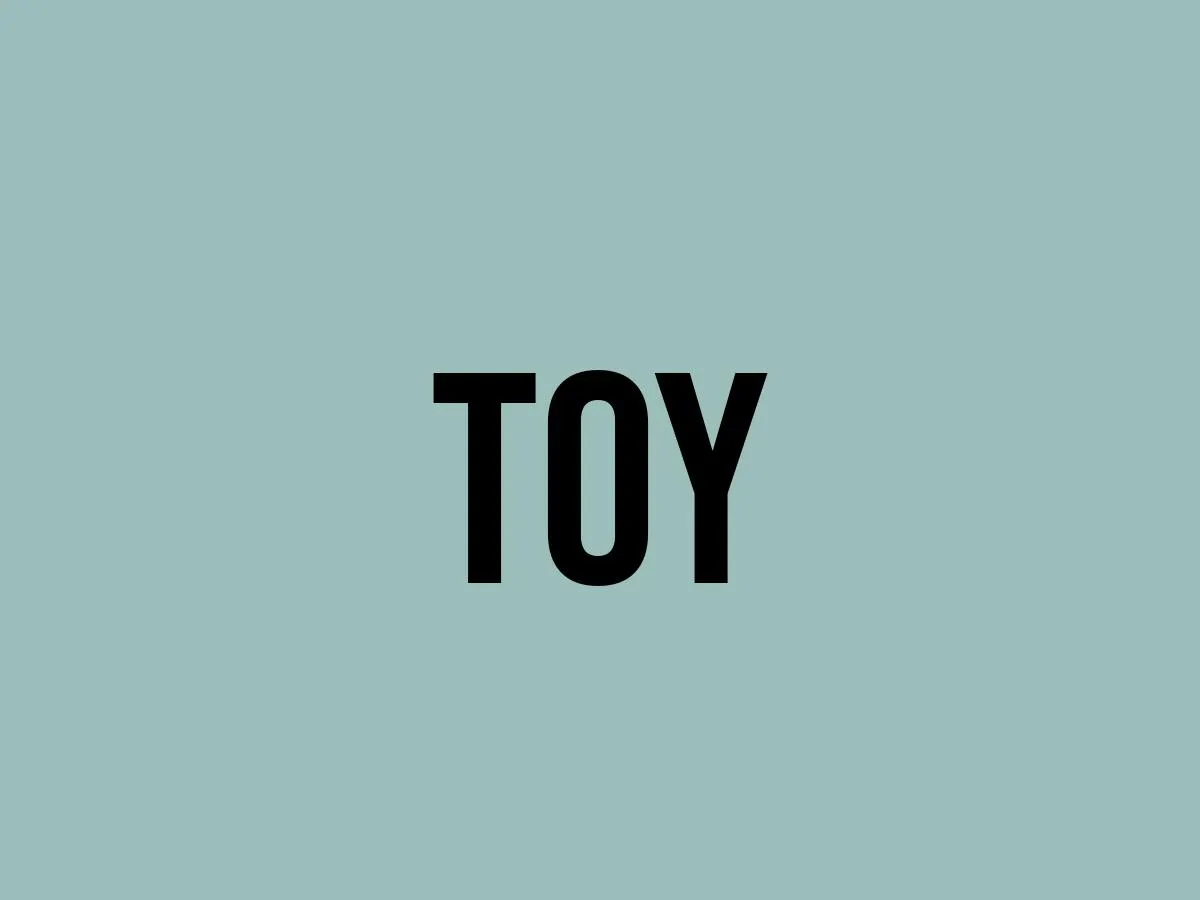
Several factors contribute to the value of diecast toys, from rarity and condition to the brand and manufacturer. Understanding these elements helps collectors assess the worth of their items and make informed decisions. The value of a diecast toy can increase over time. Factors such as age, condition, and historical significance will all influence the overall value.
Rarity and Collectibility
Rarity is a key driver of value in the diecast toy market. Limited edition models, those produced in small quantities, or those with unique features often command higher prices. Collectibility is also influenced by the demand for specific brands, models, and series. Collectors actively seek rare and hard-to-find items to complete their collections. The scarcity of a particular diecast toy significantly increases its value among collectors. The more unique and limited the toy, the more valuable it becomes.
Condition and Preservation
The condition of a diecast toy is crucial to its value. Toys in mint condition, with original packaging and no signs of wear, are highly sought after. Proper preservation techniques, such as storing toys in a controlled environment and avoiding direct sunlight, are essential. Condition can affect the price, with toys in pristine condition fetching high prices. Protecting the original packaging is very important.
Brand and Manufacturer
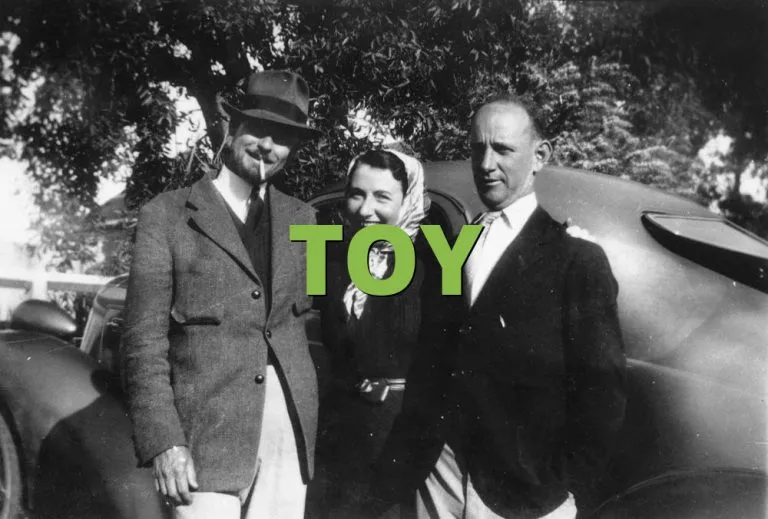
The brand and manufacturer also play a significant role in determining the value of diecast toys. Certain brands are highly respected for their quality, detail, and historical significance. These brands often represent the pinnacle of diecast toy manufacturing. Some of the most valued brands include Hot Wheels, Matchbox, and others. The reputation of the manufacturer impacts the desirability of the toy. Collectors often focus on specific brands known for their quality and collectibility.
Tips for Collecting Diecast Toys
Collecting diecast toys can be a rewarding hobby. Proper research, smart buying, and dedicated care are essential to building a successful collection. These strategies will help you on your collecting journey. Begin by setting goals for what you want to collect. Understanding the market and the value of different models allows you to make informed purchasing decisions.
Researching and Identifying Models
Conducting thorough research is crucial before purchasing diecast toys. Learn about different models, their variations, and their production history. Websites, books, and online communities can be valuable resources. The more you research, the better equipped you will be to identify rare models and assess their value. Researching helps you to avoid purchasing counterfeits and ensures you’re making informed decisions.
Where to Buy Diecast Toys
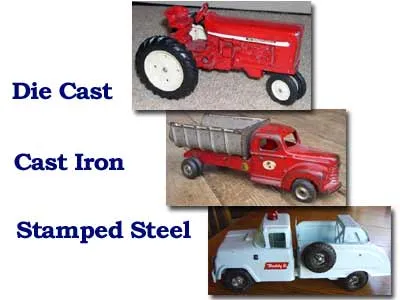
Diecast toys can be purchased from various sources, including specialty shops, online marketplaces, and auctions. Each offers different advantages and disadvantages. Specialty shops often provide expert advice and a curated selection. Online marketplaces offer a vast array of options. Auctions can be a great place to find rare and vintage models. The best place to buy depends on your preferences and budget. Consider the seller’s reputation and the condition of the toys before making a purchase.
Caring for Diecast Toys
Proper care is essential for preserving the value of diecast toys. Store them in a cool, dry place, away from direct sunlight and extreme temperatures. Regular cleaning can help prevent dust and grime buildup. Handling your toys with care is also crucial to avoid damage. Keeping your diecast toys in great condition preserves their value and ensures they will be enjoyable for years to come. A little effort will ensure your collection remains in great shape.
In conclusion, diecast toys offer a captivating blend of history, craftsmanship, and collectibility. From understanding the diecast toy meaning to appreciating their intricate designs and value, these miniatures provide a rewarding hobby for enthusiasts of all ages. Whether you’re a seasoned collector or a curious newcomer, the world of diecast toys promises hours of enjoyment and a deeper appreciation for the artistry behind these miniature marvels.
